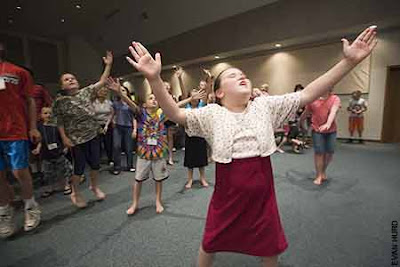
This critical encounters event was in the form of a gallery exhibition based around science and religion, and how the two can be pitted against each other and how they relate. The exhibit was held in the Glass Curtain Gallery on 1112 S. Wabash, Chicago. The artists featured in this exhibit are: Cariana Carianne, Compassionate Action Enterprises, Teresa Diehl, The Glue Society, Industry of the Ordinary, Kysa Johnson, Marci MacGuffie, Joe Meiser, Trong Nguyen, Joshua Thorson, and Sandra Yagi. Personally my favorite piece was the sculpture done by Teresa Diehl. It was an installation piece, inspired by the Iraq conflict in the early 2000's. Teresa's piece was called the last lullaby and the entire thing was made out of glycerin soap. Another piece i liked was another installation piece focused around the discovery and the discussion of the god particle between the twelve disciples.
I decided to go to this exhibition to see how hostile people get over the question of science and religion. However I was pleasantly surprised to find myself surrounded by tolerance. Not to say that these artists aren't looking for a discussion, it's just that they aren't looking for a fight. Looking back it kind of reminded me of those political campaign commercials. You always see the candidates endorsing messages about how shitty of a person his opponent is, but really, hearing the man/women who supposed to lead some part of this world gossip like a girl is not the best thing to here if you want my vote. To see religion and science be so calmly discuses was refreshing and just made each artists piece stick out so much more.
The most shocking part of this exhibit was how clear a concept can get when its distilled from concern. The most memorable part of this exhibit was the different mediums used. There were paintings, installation pieces, sculptures, and more. Exhibits can get boring because all the pieces in it have the same concept and are done in the same medium. However you wont find that at this event.
This exhibit has given me different perspectives on fact and faith. Its amazing much more receptive people are to ideas when there not shoved down your throat.







